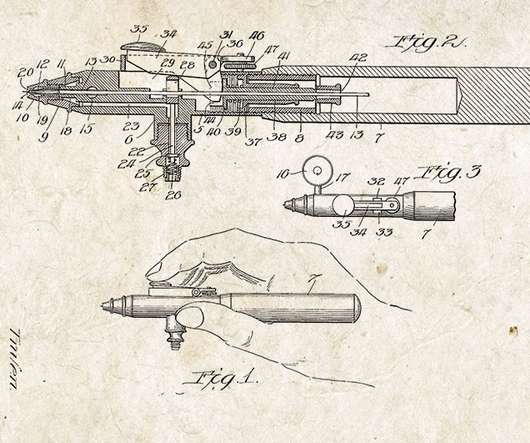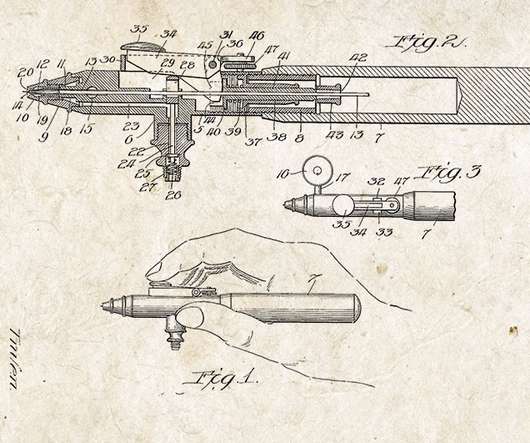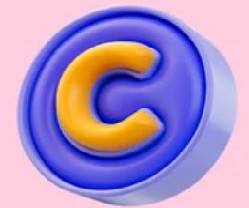The Much-Adapted “Peter Pan” (1904 – Forever )
Velocity of Content
JUNE 8, 2022
Preface: I wanted to learn more about the concept (and applications) of “derivative works” and adaptations under copyright law, and I was searching for a useful example that might also be interesting for readers of Velocity of Content to read about. The novel, however, was published before text of the play. Confused yet?












Let's personalize your content